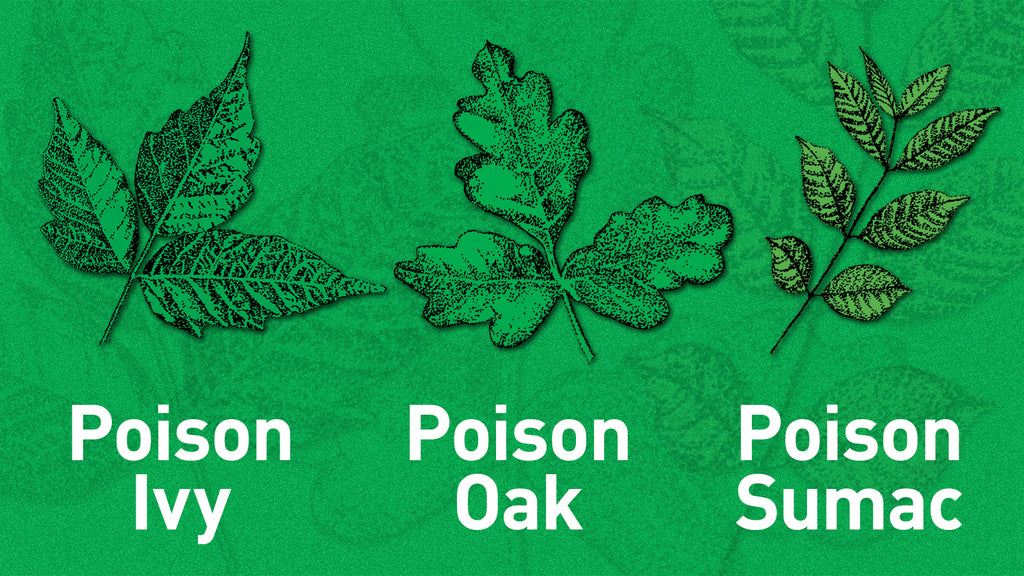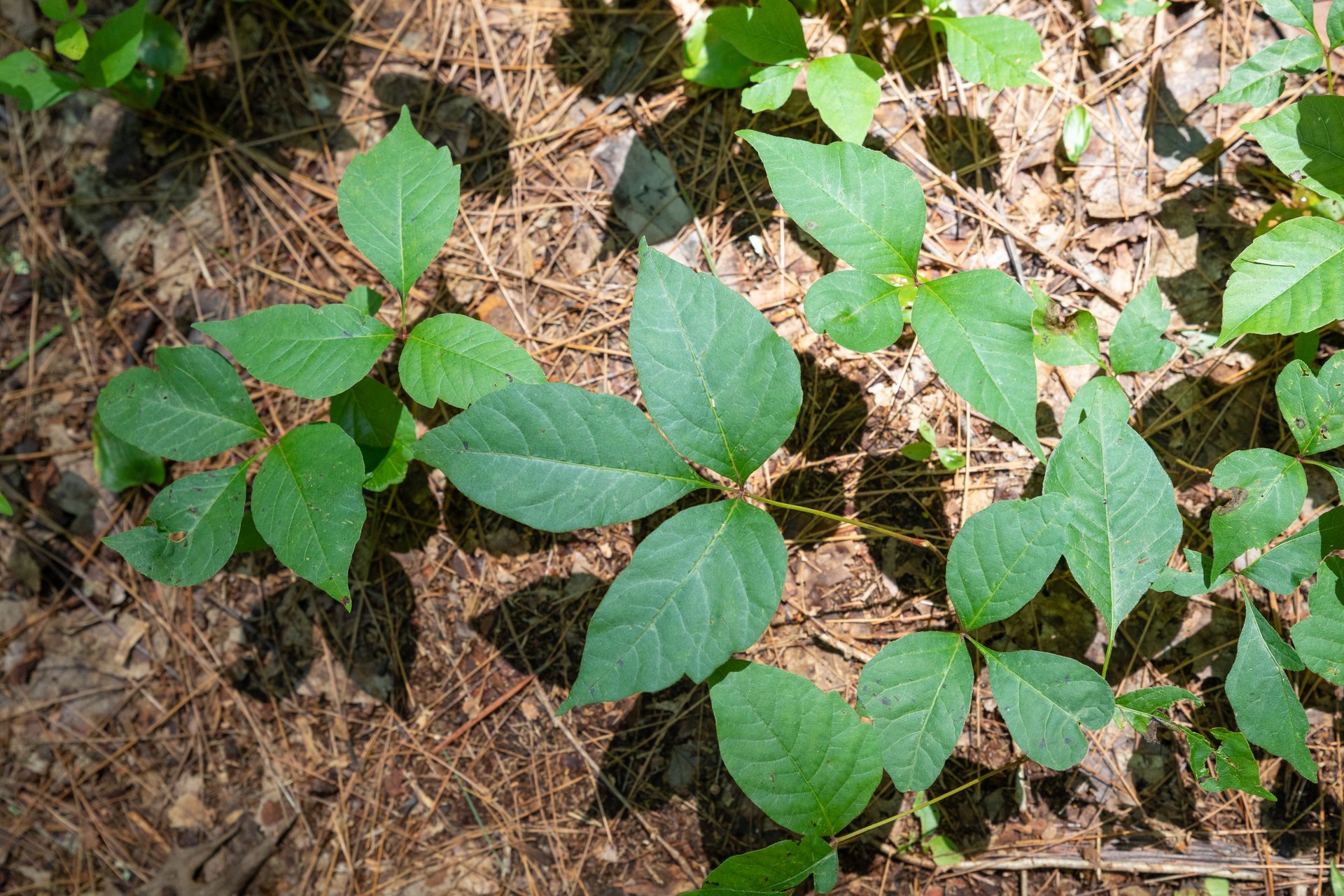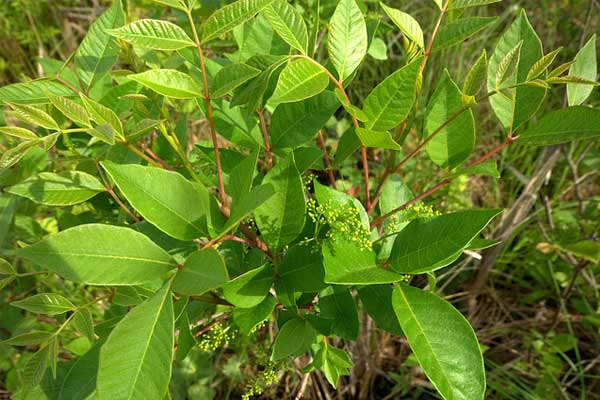
Picture this: you're strolling through the woods, enjoying the sights and sounds of nature, when suddenly you spot it—the dreaded trio of leaves. But fear not! Armed with knowledge, you can identify, prevent(somewhat) and treat poison ivy, poison oak, and poison sumac faster than you can say "calamine lotion."
As the weather warms and outdoor adventures beckon, it's essential to be aware of the potential hazards of poison ivy, poison oak, and poison sumac. They stand out for their ability to cause uncomfortable, and sometimes severe, allergic reactions. Understanding how to identify, prevent contact with, and treat these plants is crucial for anyone spending time outdoors.
Identifying the Culprits: Poison ivy, poison oak, and poison sumac are notorious for their characteristic three-leaf clusters, which can vary slightly in shape and color depending on the species and the season. Here's a brief overview of each:
-
Poison Ivy (Toxicodendron radicans): Found throughout North America, poison ivy typically grows as a vine or shrub and can have shiny green leaves in the spring and summer, turning red or yellow in the fall.

-
Poison Oak (Toxicodendron diversilobum): Commonly found in the western United States, poison oak grows as a low shrub or climbing vine. Its leaves resemble oak leaves and range from green to red depending on the season.

-
Poison Sumac (Toxicodendron vernix): Unlike its cousins, poison sumac is primarily found in swampy or wet areas in the eastern United States. It grows as a tall shrub or small tree with clusters of 7-13 smooth-edged leaflets that turn orange or red in the fall.

Preventing Contact: The old adage "leaves of three, let them be" holds true when it comes to avoiding these toxic plants. However, sometimes identifying them isn't enough, especially for those with sensitive skin. Here are some additional tips for preventing contact:
-
Wear protective clothing: When venturing into areas where these plants may be present, wear long sleeves, pants, gloves, and closed-toe shoes to minimize skin exposure.
-
Use a barrier cream: Applying a barrier cream containing bentoquatam before outdoor activities can create a protective layer on the skin, reducing the risk of plant oils penetrating the skin.
-
Be cautious when gardening: Poison ivy, poison oak, and poison sumac can often be found in residential areas, especially in overgrown gardens or wooded areas. Use caution when handling plants or clearing vegetation.
Treatment: Despite your best efforts, accidental encounters happen. Quick action can help alleviate symptoms and prevent the spread of the rash. If you come into contact with poison ivy, poison oak, or poison sumac:
-
Wash the affected area: Rinse the skin with soap and water as soon as possible after exposure to remove the plant oils. Be sure to clean under fingernails and any items that may have come into contact with the plant.
-
Apply cold compresses: Cool, damp compresses or ice packs can help reduce itching and inflammation. Avoid scratching the rash, as this can lead to secondary infections.
-
Use over-the-counter remedies: Calamine lotion, hydrocortisone cream, or antihistamine medications can provide relief from itching and discomfort. Oral corticosteroids may be prescribed for severe reactions.
-
Seek medical attention if necessary: If the rash is widespread, affects sensitive areas such as the face or genitals, or is accompanied by fever, seek medical attention promptly. Severe reactions may require prescription-strength medications or even corticosteroid injections.
